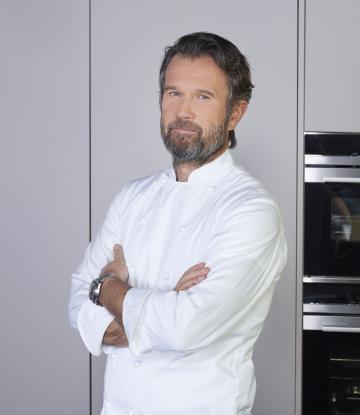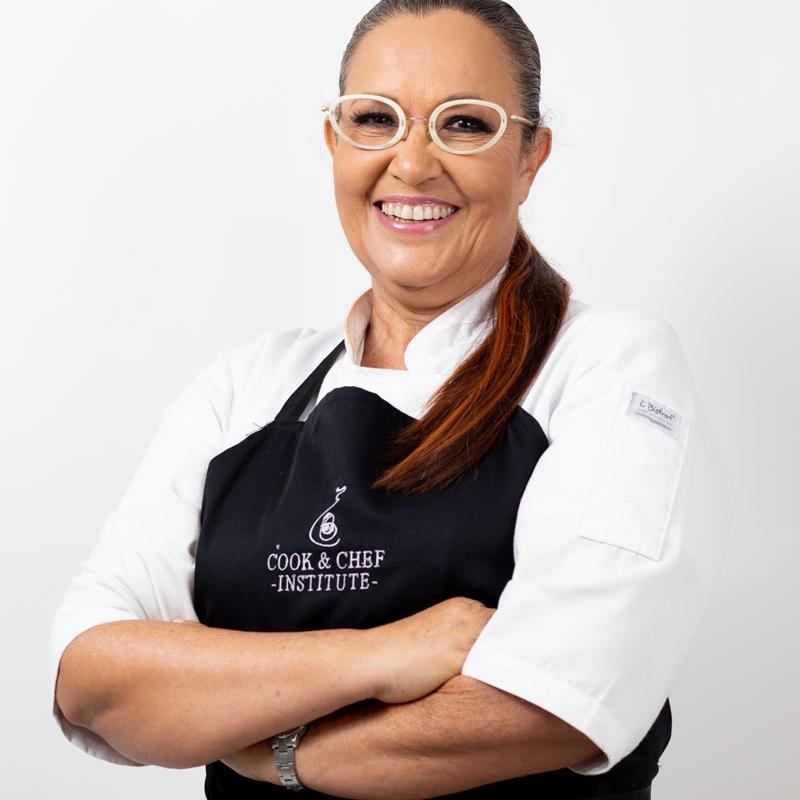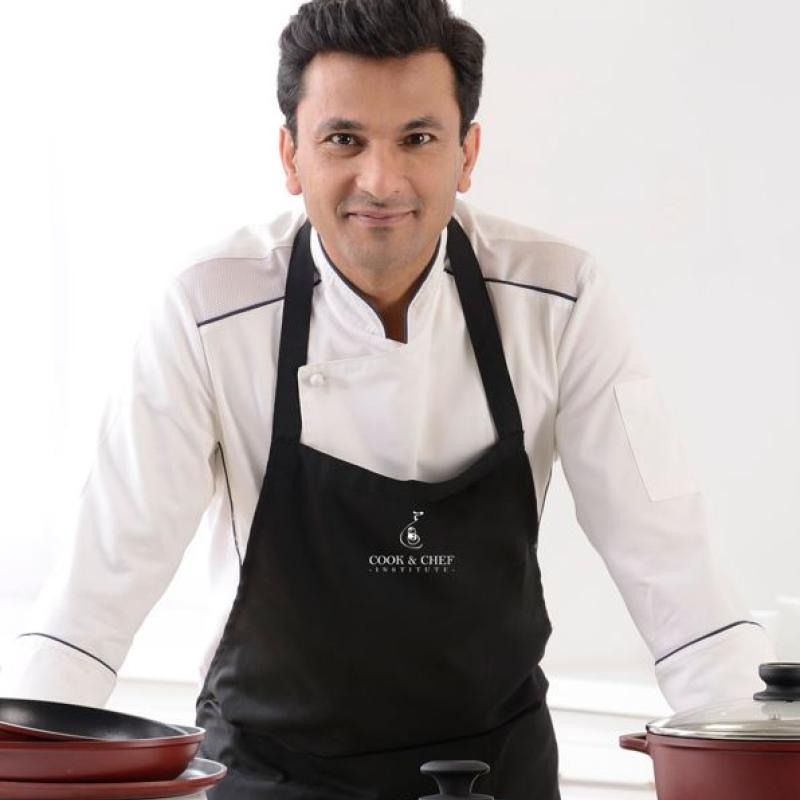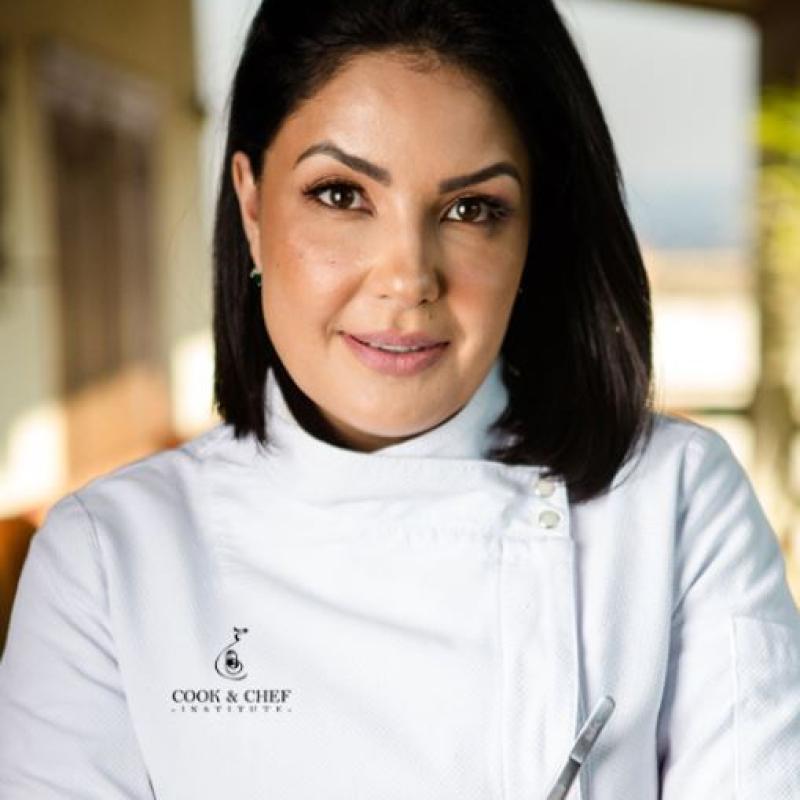Cook & Chef Interviews
One on one with Carlo Cracco
Carlo Cracco (1965, Creazzo, Italy) is the public face of Italian gastronomy today. This charismatic chef trained under illustrious figures such as Gualtiero Marchesi, considered the father of modern Italian cuisine. From his early years, he learned how to work with and transform food and understood that
the value of gastronomy lies, to a large extent, in the quality of the ingredients, a lesson that he now endeavours to apply in the way he runs Cracco, his two-Michelin-starred restaurant inMilan.
His cuisine is deeply rooted in tradition, but also in experimentation. Cracco enjoys trying out, researching and creating new flavours, capable of surprising even the most sophisticated of palates. His most recent project is the creation of a 16-hectare farm where he harvests practically all the raw materials that he takes to his restaurants. This is a commitment to sustainable gastronomy that promotes an innovative management model and the creation of more solid food awareness in society.

1. Italian cuisine is without a doubt the most international. What do you think made it’s recognition and enjoyment around the world possible?
If I had to describe italian cuisine in three words I would choose awareness, biodiversity and culture. Italy is a very rich land. We are lucky enough to be able to find precious ingredients from north to south with many different characteristics that make our recipes unique.
2. Which aspects of Italian cuisine are still unknown beyond it frontiers?
People know the cuisine, but usually don’t deepen enough on the background, and it is a important part to enjoy the plates. From the restaurants we need to communicate all that is behind the ingredients and the work of the artisans who dedicate their lives to the production and research of unique products.
3. You have made the decision to maintain tradition in your dishes. How do you relate this with innovative technology?
I believe it is necessary. Italy is a special and very heterogeneous land, the richness of our cuisine is based in its biodiversity, but technique and technology allow us to experiment and transform products based on our tastes to offer new flavours and experiences.
4. What is your creative process like?
It’s often different. Many times it happens to me that, while travelling, I taste some new ingredient which I then try to catalogue in my mind. When I return to the kitchen, I try to find those tastes again, elaborating them according to my palate and my sensations. Sometimes it is very quick, but sometimes it takes months.
5. What dish would you say is your “happy place”?
Maybe lasagne, because it reminds me of home, but there are many.
6. One of your favourite raw materials is white truffle. How has your relationship with this fungus evolved in your cookery?
I have been very lucky to have worked in Piedmont, a beautiful land in northern Italy, rich in special products. This allowed me to get to know, learn and understand the world of truffles, and with time, to be able to recognise the good ones. Today in truffle season, there is no shortage of my favourite dishes such as ‘egg with cream and white truffle’ or tagliolini.
7. You have a country house of your own where you grow your own vegetables and produce oil and wine. Is sustainable agriculture and locally grown produce the future of haute cuisine?
For me it is essential to know where the products we use in the kitchen come from if we want to offer a quality cuisine, that’s why I bought the farm two years ago. It is a magical place in the hills of Sant’Arcangelo Di Romagna, that has allowed me to internalize that the entire production process can be environmentally and labour sustainable.
8. Your messages about respecting nature and making full use of food are very much in evidence. How can they be made to make an impression throughout society?
We must strive to create a food culture, beginning with teaching children where the ingredients we bring to the table come from and make them understand the importance of man’s work behind the plates they see already made. In two words: create awareness.



